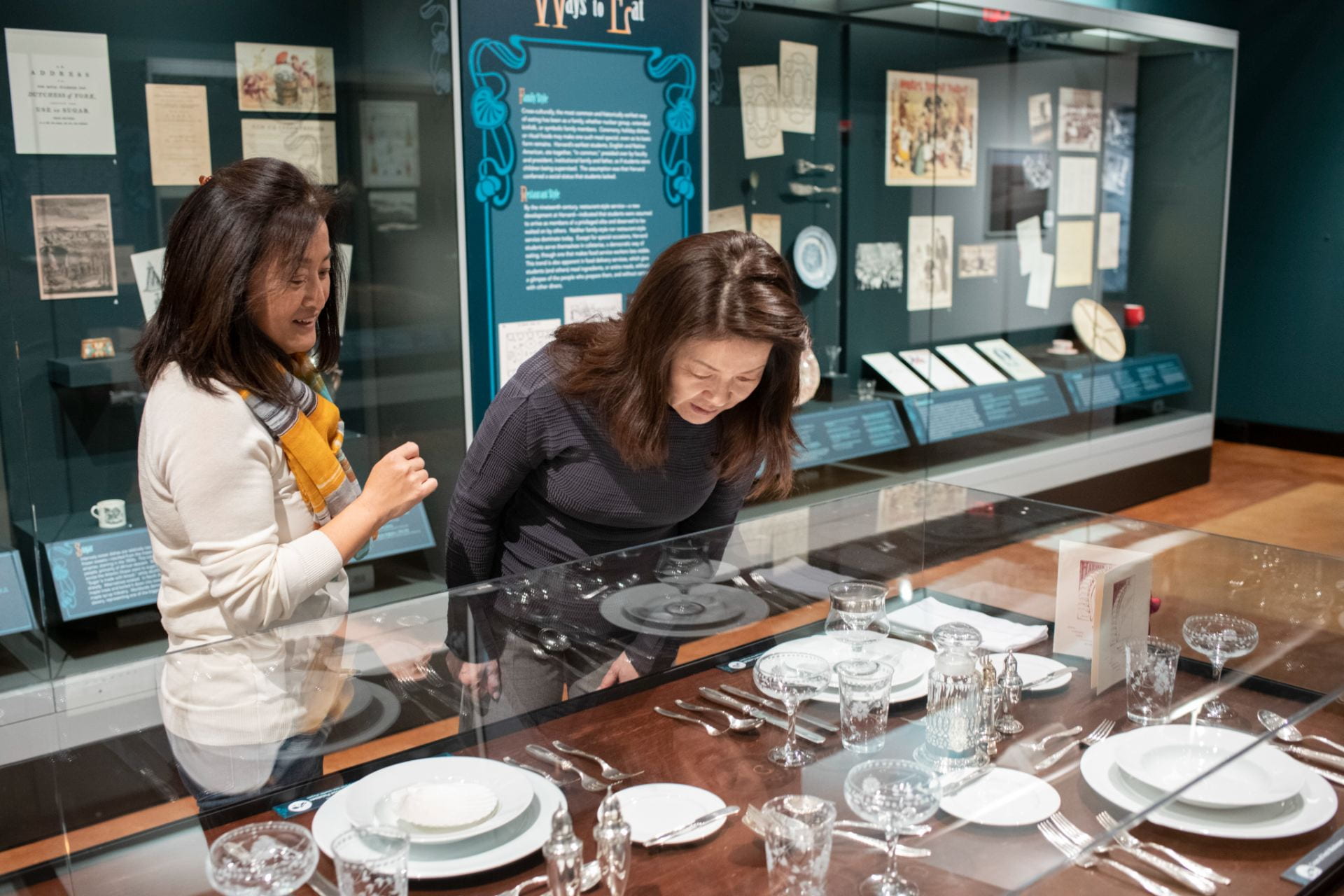A new online experience by Google, the Mineralogical and Geological Museum at Harvard in partnership with the Harvard Museum of Natural History and some of the most loved natural history institutions in the world, allows people to come face to face with Jurassic Giants and browse through the most spectacular collection of natural history available in one place.
The Mineralogical and Geological Museum at Harvard University and the Google Cultural Institute are inviting people to an interactive, dynamic and immersive discovery experience of the diversity and fragility of nature in an unprecedented way.
Opening today, a new online exhibition available on g.co/naturalhistory – a partnership between Google and some of the world’s most emblematic natural history institutions – will enable web users to discover Natural History treasures such as Harvard’s rare gold and opal collections.
The new collection uses state of the art technology to give a new virtual life to extinct animals and tell fascinating stories about our planet’s evolution over billions of years. Viewers come face-to-face with Jurassic giants in 360 degree videos, giving a better sense of how these animals lived, and what it might have felt like to be in their presence.
Panoramic Street View imagery gives people a backstage pass to wander virtually around iconic venues such as the American Museum of Natural History in New York or Chicago’s Field Museum. They will be also able to browse over a hundred fascinating stories related to dinosaurs and the world’s most known fossils, but also learn about plants, insects, minerals on g.co/naturalhistory.
The Mineralogical and Geological Museum at Harvard University (MGMH), part of the Harvard Museums of Science & Culture, is pleased to partner with The Google Cultural Institute to share with the public the exquisite and valuable specimens hidden in vaults and restricted collections areas, some of them for the first time since the objects were bequested to the museum. The MGMH objects in these online exhibits aim to demonstrate the richness of the earth’s geological wonders in addition to their beauty and history; more than 200 years of history of the oldest continuously operated mineralogical and geological museum in the United States. Two of the museum’s keynote pieces, the Gold Horn and the Hamlin necklace, have their unique histories explored, with historical photographs and documents to provide rich context to these remarkable specimens. Other exhibits share the wide variety of traveling educational displays created and overall highlights of an array of ever-changing themes to excite both the general public and mineral enthusiasts alike. The Google Cultural Institute provides a rich and multidimensional space where for the first time the MGMH can share openly with a much wider audience the museum collections.
The Google Cultural Institute works together with over 1000 organizations to put the world’s cultural treasures at the fingertips of Internet users and are building tools that allow the cultural sector to share more of its diverse heritage online.
For this exhibition, natural history institutions from 15 countries created over a hundred interactive stories, sharing a total of 300 000 photos, videos and other documents online in collaboration with Google. The latest innovations in tech help bring the magic of these legendary venues to life, and give everyone a chance to reconnect with our evolution story and our planet environment in all its richness.
The new online exhibition opens today at g.co/naturalhistory and is open for all online, for free on the web and through the new Google Arts & Culture mobile app on iOS and Android. You can watch all the 360 degree videos on YouTube.
Notes to Editors:
__________________
About the Google Cultural Institute:
The Google Cultural Institute and its partners are putting the world’s cultural treasures at the fingertips of Internet users and are building tools that allow the cultural sector to share more of its diverse heritage online. The Google Cultural Institute has partnered with more than 1000 institutions from 70 countries, giving a platform to over 200 thousand artworks and a total of 6 million photos, videos, manuscripts and other documents of art, culture and history. The exhibitions on the Google Cultural Institute are open for all online, for free on the web and through the new Google Arts & Culture mobile app on iOS and Android. Read more about Google Cultural Institute here.
About the Mineralogical and Geological Museum at Harvard University: Harvard University has one of the world’s most important collections of minerals. With over 100,000 specimens, the collection is renowned for its high number of different species, the quality of samples, extensive holdings of New England material, and broad collection of crystalized gold. Continuously curated since its inception in 1784, the collection is a widely-recognized treasure. It ranks with the Smithsonian and the American Museum of Natural History as one of the three most celebrated collections in the country. The public displays are a major public attraction with some 250,000 visitors a year and the research collections have contributed to hundreds of scientific studies. The current curator, Raquel Alonso Perez, PhD, FGA, was appointed in 2014. One of her first significant endeavors was to renovate the public Earth & Planetary Sciences gallery at the Harvard Museum of Natural History, as well as the collections storage spaces. Her main research interests include mineralogy and petrology with special focus on the geochemistry of ore and gem deposits.
# # #
Contacts: Raquel Alonso Perez, PhD. MGMH Curator, ralonso@fas.harvard.edu or
Blue Magruder, HMSC Director of Public Affairs, bluemagruder@hmsc.harvard.edu,
617-496-0049
